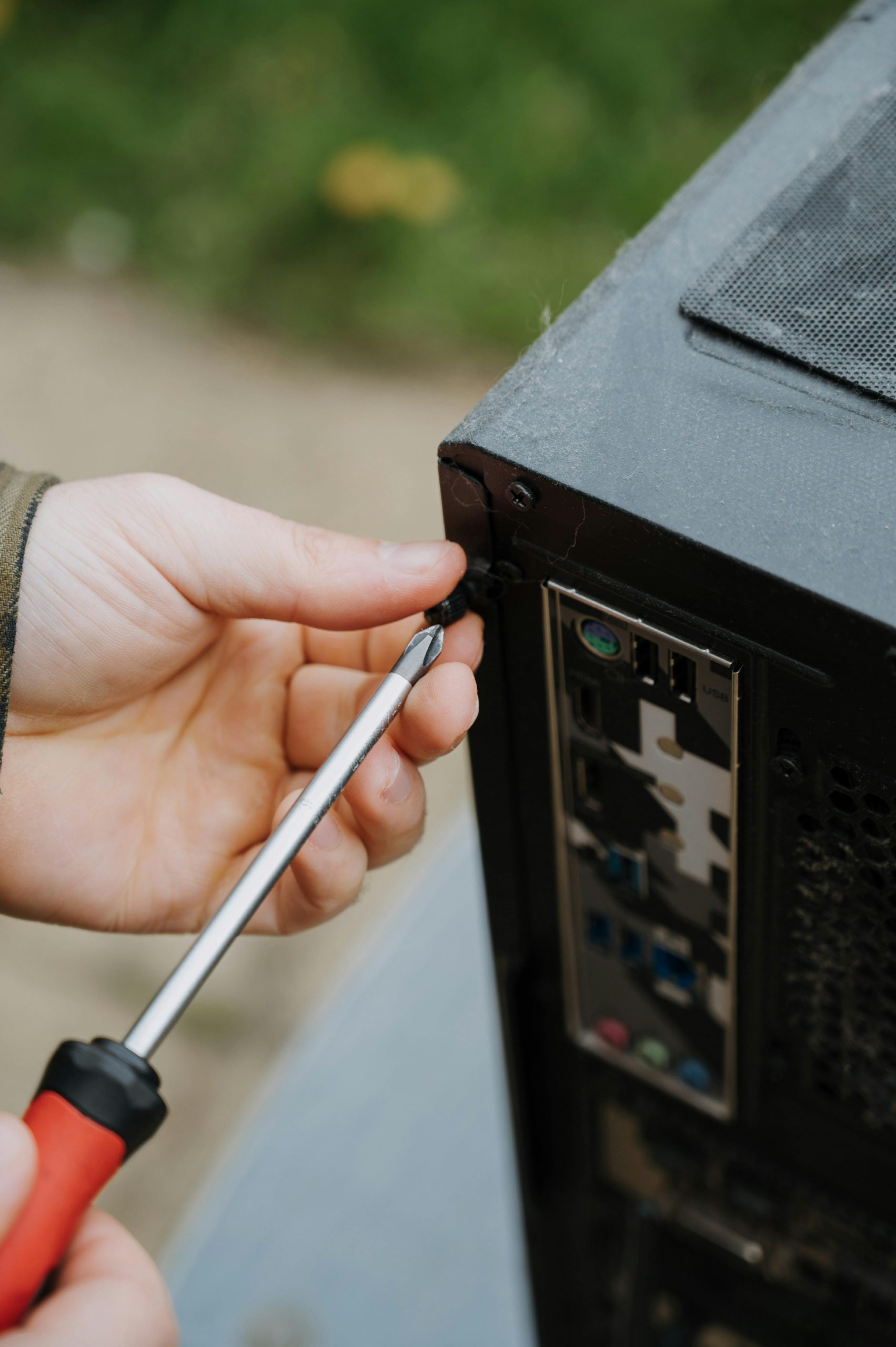The Unexpected Laptop Repair Experience: A Cautionary Tale
In the realm of computer repair, unexpected challenges can arise, even from seemingly straightforward upgrades. Recently, I encountered an intriguing situation with a client’s laptop that serves as a reminder of how interconnected our technology can be.
The customer had recently upgraded their M.2 storage drive, only to find that the laptop no longer held a charge afterwards. Concerned about the implications of this issue, I embarked on a thorough disassembly and reassembly of the laptop, meticulously checking each component for potential faults.
To my surprise, after all the effort, the diagnosis revealed that the problem was not with the laptop at all. Coincidentally, the power charger had also stopped functioning. It was a stark reminder that sometimes, issues can arise from multiple sources, and troubleshooting can lead us down unexpected paths.
This experience underscores the importance of comprehensive diagnostics in computer repair. Always ensure that every angle is examined, as the root cause may not be where you initially expect it. Whether you’re tackling a simple upgrade or a more complicated repair, staying vigilant and methodical is essential in the world of technology.
Share this content:




Thank you for sharing this insightful experience. It highlights a common challenge in computer repair: often, multiple components can contribute to a malfunction. In this case, the issue with the laptop not holding a charge after the M.2 upgrade was initially concerning, but thorough diagnostics revealed the power charger was actually the root cause.
When troubleshooting similar issues, I recommend checking all potential factors systematically. For instance, if a device stops charging after hardware upgrades, verify the power adapter and cable first, as they are often overlooked. Additionally, using diagnostic tools such as battery health checks and system logs can help identify hardware faults early. Regularly inspecting connections and testing components with multimeters or manufacturer-specific diagnostic apps can also save time and prevent unnecessary disassembly.
In situations like these, maintaining a methodical approach ensures that no detail is missed, and helps to identify the true source of the problem efficiently. If you need further assistance or have specific diagnostic tools at hand, feel free to reach out. We’re here to help ensure your repairs are successful and your troubleshooting is comprehensive.